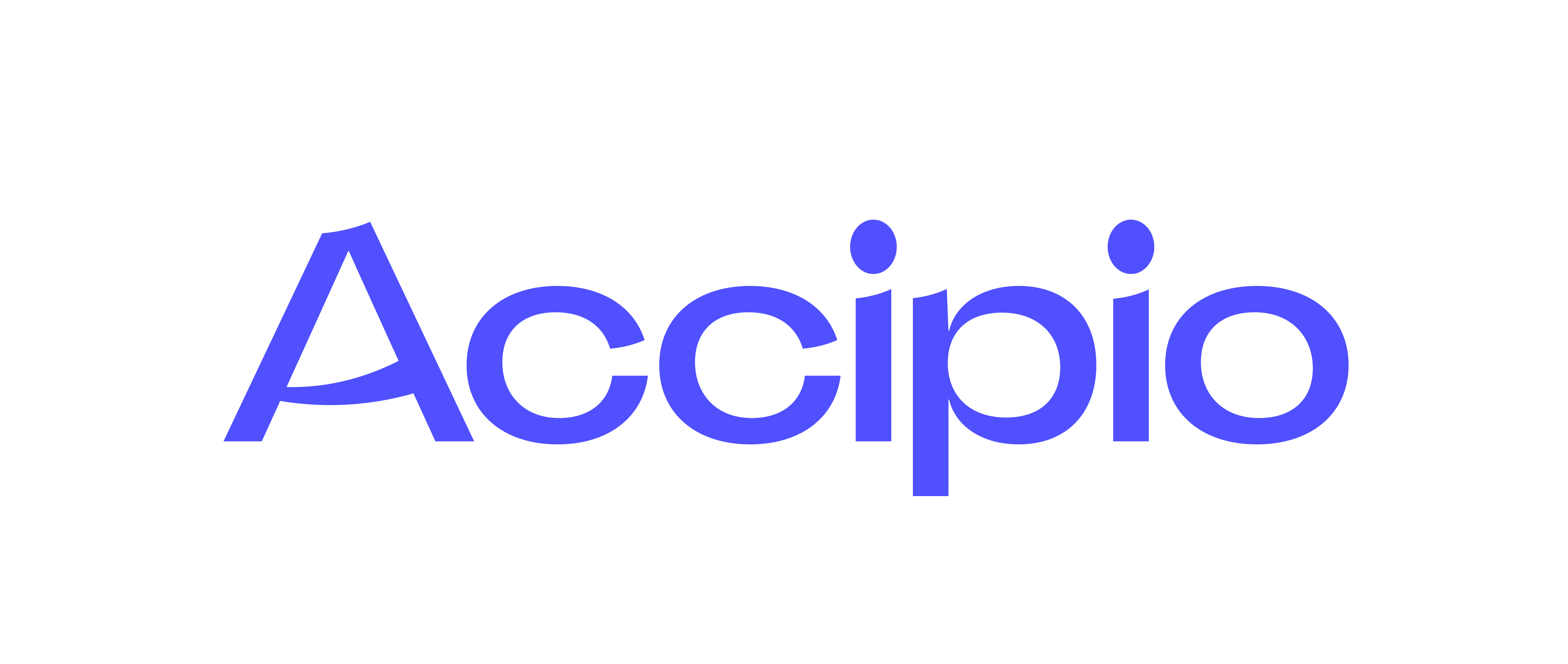Process for Planning and Allocating
This QuickLearn provides a useful process for planning and allocating work to team members. There are 5 key steps to planning and allocating work, and they are as follows: 1. Set Direction The first step in the process is to set the direction for the......


